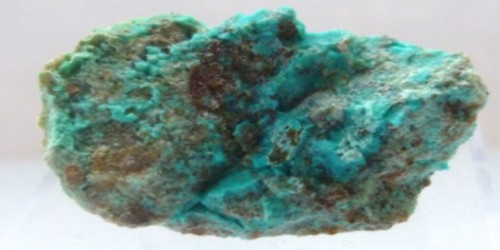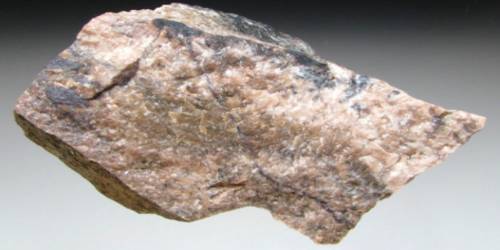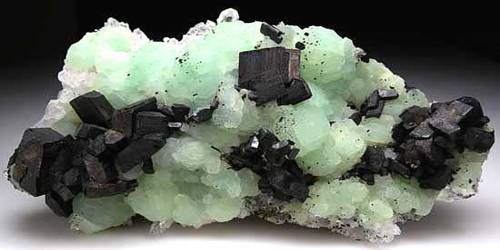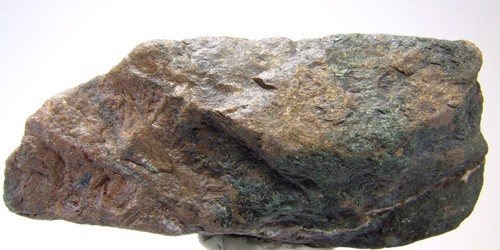Fornacite is a rare lead, copper chromate arsenate hydroxide mineral with the formula: Pb2Cu(CrO4)(AsO4)(OH). It is a monoclinic-prismatic mineral containing arsenic, chromium, copper, hydrogen, lead, and oxygen. It is a rare mineral in the oxidized zones of some hydrothermal base-metal deposits.
It was first described in 1915 and named after Lucien Lewis Forneau (1867–1930) the governor of the French Congo. Its type locality is in Reneville, Congo Republic.
General Information
- Category: Arsenate mineral
- Formula: Pb2Cu(CrO4)(AsO4)(OH)
- Crystal system: Monoclinic
- Crystal class: Prismatic (2/m) (same H-M symbol)
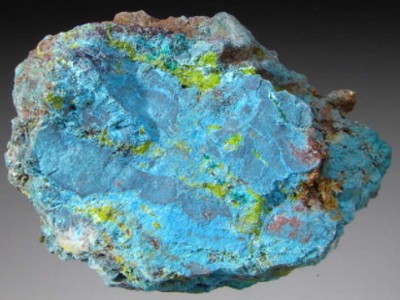
Fig: Fornacite
Properties
It forms a series with the phosphate mineral vauquelinite. It forms variably green to yellow, translucent to transparent crystals in the monoclinic – prismatic crystal system. It has a Mohs hardness of 2.3 and a specific gravity of 6.27.
- Color: Deep olive-green
- Crystal habit: Aggregates of steep pyramidal to bladed, rounded crystals
- Fracture: Irregular/uneven, conchoidal, sub-conchoidal
- Tenacity: Brittle
- Mohs scale hardness: 2 – 3
- Luster: Resinous, waxy, greasy
- Streak: Olive green
- Diaphaneity: Transparent
- Density: 6.27 g/cm
- Optical properties: Biaxial (+)
Occurrence
It occurs in the oxidized zone of ore deposits and is associated with dioptase, wulfenite, hemihedrite, phoenicochroite, duftite, mimetite, shattuckite, chrysocolla, hemimorphite, willemite, and fluorite.
Association: Dioptase, wulfenite, hemihedrite, phoenicochroite, duftite, mimetite, shattuckite, chrysocolla, hemimorphite, willemite, fluorite.
Information Source:
